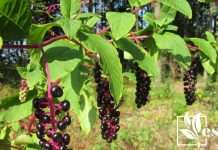If you’re wondering “Which plants like wood ashes?” then you already know that many gardeners swear by the awesome benefits wood ash gives plants, even better than traditional lime. If you did not know, spreading this cheap product around your plants can definitely up your gardening game.

Wood ash has plenty of nutrients, including potassium, iron, calcium, phosphorous, magnesium, manganese, boron, zinc, and chromium. All of these nutrients contribute to the well-being of your plants, so let’s dive into a list of the plants that absolutely love this add-on.
JUMP TO TOPIC
List of Plants That Enjoy Wood Ashes
1. Roses
Roses require a rich substrate to grow well. Wood ash is a fantastic fertilizer with ample phosphorous, calcium, nitrogen, and potassium concentrations. These nutrients help the soil promote an abundance of flower production. They also help the roots and stems grow strong throughout all the seasons.

– Best Soil for Roses
The best soil for roses is one that has a pH that lies between 6.0 and 7.0. If the soils are too acidic, they may increase root rot or stunted growth. If the soil is too alkaline, avoid adding ash as the basic pH prevents them from taking up the nutrients. If you add too much ash, you must correct the pH levels by adding peat moss or sulfur to stabilize the soil.
– Best Time to Add Wood Ash
The best time to add ash is just before the peak growth season begins in the spring or early summer. A fresh dose of potassium allows the blooms to last much longer than normal. Once the growth period season is over, keep the ash the same. Adding ash at this time will promote untimely growth that consumes the plants’ nutrients before the winter season.
2. Lavender
It is possible to find lavender in every garden across the globe. Many grow it for its fragrant foliage, colorful inflorescences, and hardy shrubs.
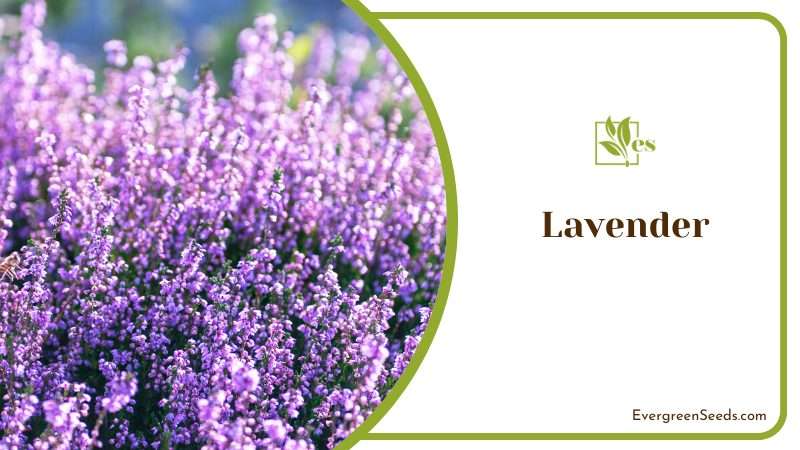
The need for lavender essential oil has sparked the debate about using natural fertilizers to minimize production costs and ecological impacts. This is why ash is a great addition to your soil; it’s natural and organic.
– The Best Soil for Lavender
Lavender prefers to grow in alkaline soil. A liming agent is needed to raise its pH to a good alkaline level. Wood ash comes in handy as it’s more reactive than agricultural lime. You can apply it at higher concentrations to increase the alkalinity, and it will create a better environment for lavender roots and protect the plant from diseases and pests.
– When to Apply Wood Ash
Apply ash annually at the start of the growing season, around spring, after the soil warms up. Apply it around the base before the new shoots come up. You can mix it with a little bone meal to make it more effective for new growth. Provide your lavender plant with ample sunlight so the ash works effectively after application.
3. Arugula
Arugula is an herb that is slightly bitter but has high nutritional value. It is deeply lobed with bright green leaves and small white to purple-veined flowers. The leaves are a great addition to Mediterranean-style pizzas and salads.
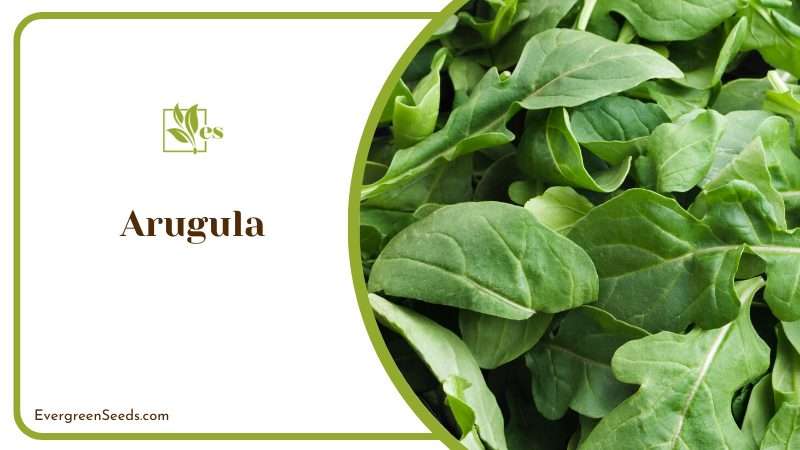
They are rich in calcium, magnesium, and manganese. These elements should be present in the soil or substrate where the arugula plant grows. This is where wood ash comes in to provide these critical nutrients to the leaves.
– Best Soils for Arugula
Arugula roots thrive in neutral to slightly alkaline growth medium. Wood ash helps raise the pH levels to a neutral value, thus helping maximize nutrient availability and absorption. You can use ash with other mineral fertilizers if you grow your herbs in an aquaponics setup.
– Best Time to Apply Wood Ash
When growing arugula, you can apply ash regularly as a topsoil conditioner to ensure potassium is readily available for the plant. A change in weather easily destroys arugula shoots that are deficient in potassium. If you grow arugula in vegetable patches, ash will help keep pests away from arugula leaves.
4. Basil
Basil is a tender perennial plant that is a must have in any herb garden. This fragrant plant is cultivated in various ways, from vertical gardens to hydroponic setups. Whichever method you use, ensure you produce high-quality basil leaves that you can sell anywhere or consume yourself.
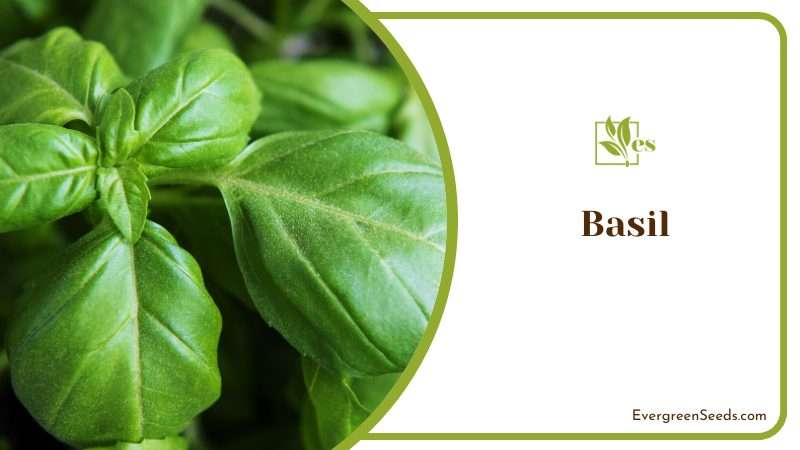
Basil is a popular herb to grow because of its many culinary uses. You can find basil in almost any grocery store or market, and lots of people also grow their own basil leaves at home for optimal freshness.
– Best Soils for Basil
Basil thrives in slightly acidic to neutral conditions ranging from 6.5 to 7.5. However, in aquaponics, you may need a slightly higher pH. If your soils are too acidic, adding ash naturally raises the pH.
When adding ash to your soil, stick to a conservative amount, ensuring you test the pH after every addition. Use a trowel to work the ash at least six inches deep into the soil. Once the pH is around 6.5, stop adding ash. The same process can be applied to both Thai and Holy basils.
– Best Time to Add Wood Ash
The best time to add ash to your soil is at the beginning of the growing season, ensuring that you test the soil’s pH before and after application. Ash helps deter insects that love to chew on the vegetative parts of the plant. The ash strips their bodies of moisture, causing them to dry out and die.
5. Common Sage
Common sage is a perennial herb that has many attractive varieties. It is grown for its ornamental and culinary appeal. Its fleshy, fuzzy foliage is grey to light green, though some cultivars have purplish undertones. The leaves are rich in many phytochemicals that compose a high-value essential oil.
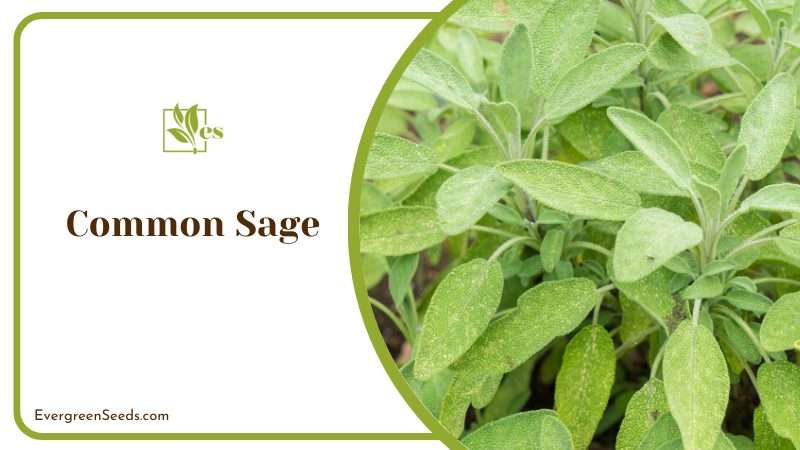
– Best Soils for Common Sage
Sage tolerates strongly acidic to slightly alkaline soil conditions. The pH range for best growth is 6.0 to 7.0. Wood ash helps stabilize the soil to the near-neutral range, providing minerals and nutrients to hasten the production of leaves. It also induces higher flowering and seed production.
– Best Time to Apply Wood Ash
The best time to apply ash is during the active growing stage. This results in a steady growth rate for your sage. Ash is a milder fertilizer compared to other synthetically produced fertilizers. Apply it in controlled amounts to provide the necessary nutrients without drastically increasing its growth rate.
6. Tomato
Tomato is one vegetable that will benefit from the application of wood ash. The ash composition prevents tomatoes from becoming calcium deficient. It also increases the crop yield, improving tomato fruits’ color while keeping them strong and green. The same solution can be applied to pepper plants that have a calcium deficiency.
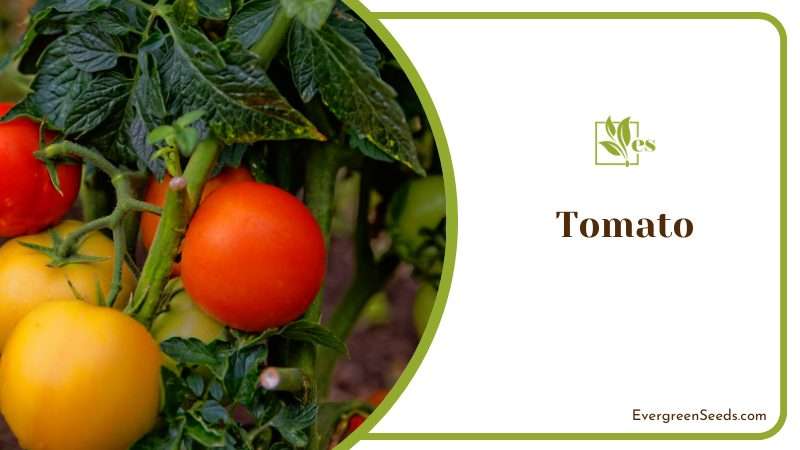
Tomatoes are a well-loved kitchen staple all over the world. The juicy meat and bright orange color of this fruit makes it a delight to eat. A lot of cuisines make use of tomatoes in their dishes, and some even make this bright vegetable the star of the show.
– Best Soil for Tomatoes
Tomatoes enjoy growing in slightly acidic soils. If your soil or substrate is overly acidic, your tomato plants are less likely to absorb nutrients. Gradually adding ash helps prevent drastic spikes in the pH levels. Wood ash neutralizes the soil faster because it is soluble in water compared to agricultural limestone. It is also less likely to raise the pH range to dangerous levels.
– Best Time to Apply Wood Ash
If you want to use ash for your tomato garden, apply it once during the active growing stage. Apply it once the morning dew or excess moisture has evaporated so it does not get wet.
Ash is effective in deterring pests when dry and should be sprinkled around the bottom of the plant and not on the leaves or stems. If sprinkled on the leaves or stems, it may damage the plant’s epidermal tissues or compromise the photosynthesis rate.
7. Phlox
Phlox is a beautiful perennial plant that likes to create stunning pastel-colored inflorescences. This plant has simple flowers that produce an alluring fragrance, attracting many pollinators. The sticky stems of phlox grow to a maximum height of three feet. The blooms can form a waist-high carpet in mid to late spring.
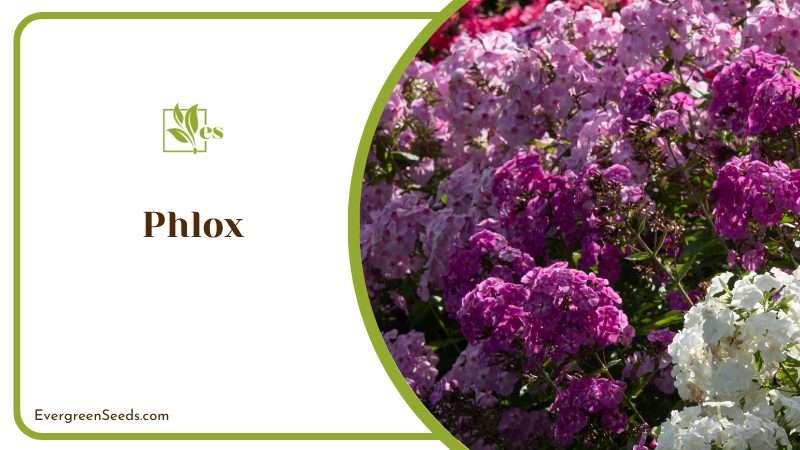
– Best Soils for Phlox
This plant thrives in USDA hardiness zones three through eight. It prefers neutral pH levels and highly dislikes overly acidic or sour substrates.
To keep the soil neutral, it is important to add ash to prevent the pH levels from dropping. It highly benefits from organic fertilizers including compost, peat moss, bio humus, and wood ash. These organic fertilizers enhance the production of large and more densely packed flowers.
– Best Time to Apply Wood Ash
Wood ash is best applied regularly during this plant’s active growing stage to maintain a desirable pH level. Phlox greatly benefits from potassium, which helps increase the hardiness and resistance to diseases. It also helps prolong the longevity of blooms.
8. Sweet Cherry
Sweet cherry requires perfect soil conditions throughout its peak growing period to produce maximum yields. Productivity is largely affected by the pH levels in the soil. Cherries are a popular fruit to grow and consume all over the world.
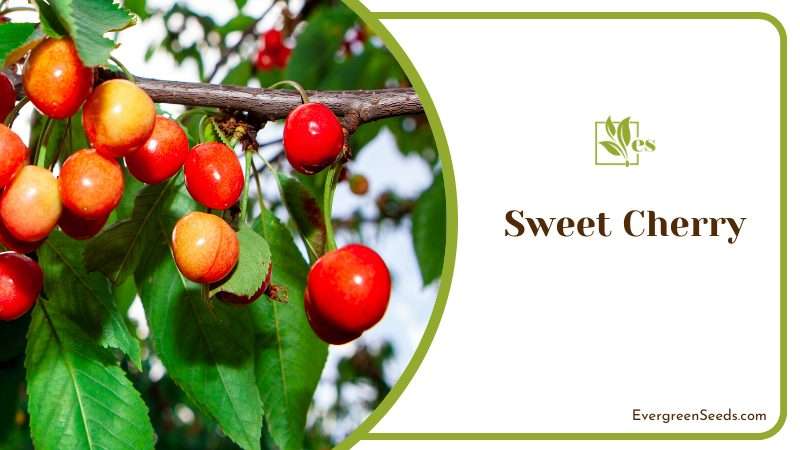
– Best Growing Conditions for Sweet Cherry
Cherry trees thrive under full sunlight and good circulation. The substrate around the roots should always be well-draining, fertile, and deep. They also prefer slightly acidic to moderately alkaline pH in the soil. Whenever your soil pH levels drop to below six, ash always comes in handy.
You can amend your soil even before the pH level drops or until it measures close to neutral. The potassium in wood ash helps this tree produce more flowers and high-quality fruits. Flower and fruit production uses a significant portion of the plant’s nutrients. In some cases, it might be wise to fertilize your plant to ensure its proper health.
– Best Time to Apply Wood Ash
The best time to apply ash is when the tree is at its peak growth period for older trees and during planting time for new trees. Ash helps increase fruit production and prevents root rot due to poor drainage.
9. Big Leaf Hydrangea
Bigleaf hydrangea is known for its large, bright green leaves with bouquet-shaped inflorescences. This ornamental plant is stunning, with magical quality flowers.
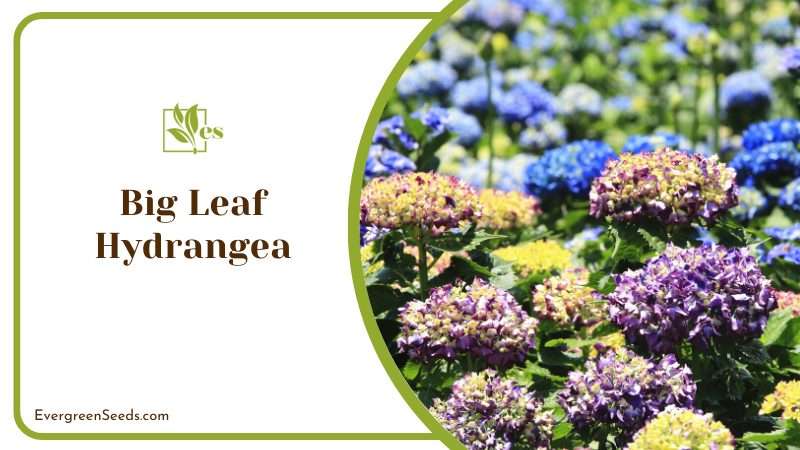
– Best Soil for Hydrangea
Hydrangea thrives in a wide range of soils. Acidic soils produce blue flowers, while alkaline soils produce pink to red blooms. Depending on the color of flowers you want, you can add wood ash to increase the pH to an alkaline level, providing more nutrients. If your blooms are already pink, adding ash provides your plant with fertilizer to enrich the soil.
– Best Time to Add Wood Ash
The best time to add ash is at the start of the growth period. You can also amend the soil around the base of alternating shoots. Be wary of adding too much, as too much alkalinity may compromise the plant’s growth.
10. Asparagus
Asparagus is a vegetable that is native to Europe and West Asia but popular worldwide due to international cuisines. It is grown for its tasty young shoots, also known as spears. Even though it has a less-than-stellar reputation, especially among the younger crowd, asparagus remains one of the most popular vegetables around the world.
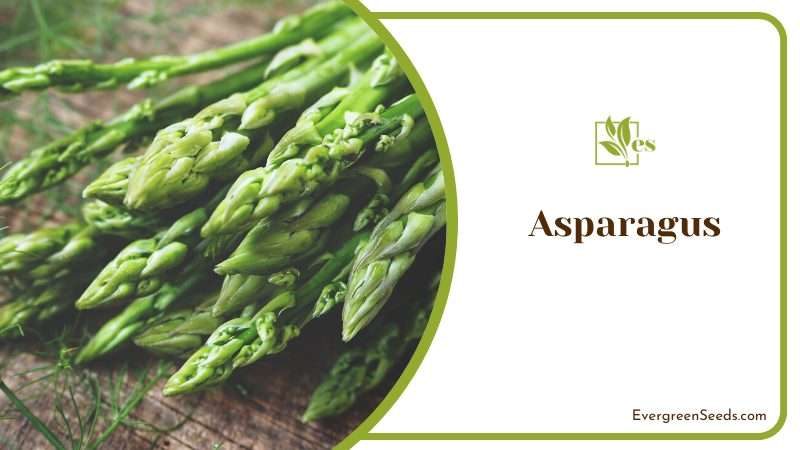
– Best Soils for Growing Asparagus
Asparagus has a high tolerance to alkaline soils. Wood ash will come in handy to provide alkaline soils and more nutrients that this plant requires. When adding ash to asparagus beds, work it through the upper layers of soil or as a top dressing with bonemeal or a slow-release fertilizer.
– Best Time for Application
Apply the ash at the start of growing asparagus. Use a thin layer of topsoil to cover it so that the nutrients gradually leach downward and are accessible to the roots. Asparagus is a big eater and will greatly benefit from a rich soil composition.
You can also add compost manure that has been amended with ash. Compost heap made from food waste tends to be highly acidic but can be amended using ash before application. Wood ash neutralizes its pH, making it safe for use.
11. Apple Tree
Apple trees are easy to grow, and everybody likes a bite of juicy apple fruit. To produce these fruits, you need to have the best soils so the fruits are large and juicy.
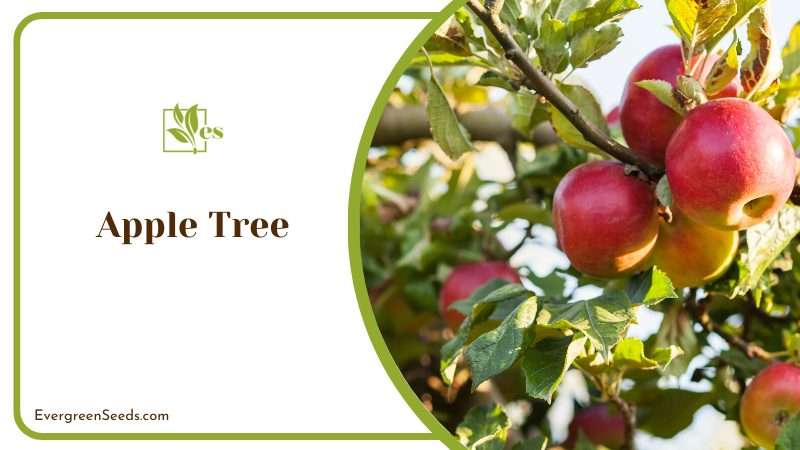
– Best Soils for Apple Trees
Apple trees prefer alkaline soils that are rich and well-drained. Using wood ash around apple trees’ roots will make them stronger and improve the soil’s pH levels. It will also act as a slow-release fertilizer that the plant will enjoy for a long period of time. Wood also eliminates the weeds that tend to grow at the tree’s base, preventing any damage to the roots.
– Best Time to Apply Wood Ash
The best time to apply is at the beginning of the growing season for an existing tree and when planting a new tree. You can also use it before flowering starts to promote healthy flowering and fruiting and stronger roots. You can also make ash tea as mulch around the tree’s roots. It will help deter slugs, snails, caterpillars, grasshoppers, etc., that love to climb up the tree to eat the flowers and fruits.
12. Strawberries
Strawberries are an excellent crop that most home gardeners love to grow. They can produce good crops for three to five years with proper care starting one year after planting. You don’t have to grow too many plants to have enough fruits for your family. For example, a hundred plants are enough to feed a family of four all year long.
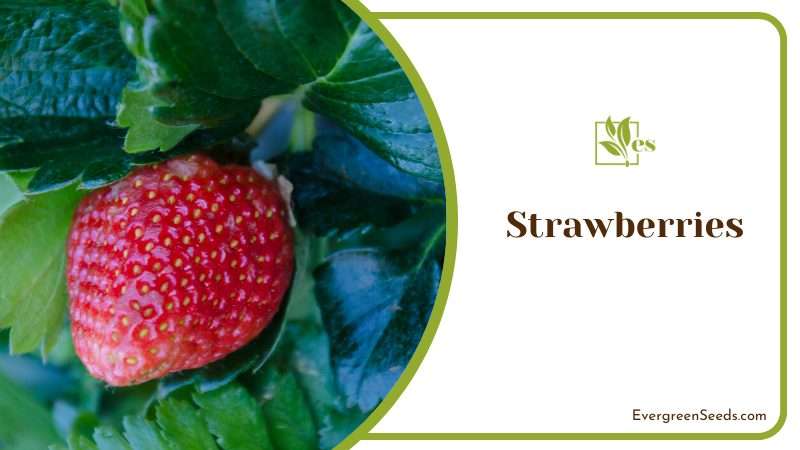
– Best Soil for Growing Strawberries
Choose a location with deep sandy or loam soil rich in organic matter. The soil should drain well, eliminating the overflow of water as fast as possible. Provide adequate sunlight and a gradual slope to prevent flooding. Adding wood ash gives this plant the necessary nutrients and minerals to thrive.
– Best Time to Apply Wood Ash
Apply ash during the active growth period or flowering and formation of the ovary. Strawberries need various additives in different stages. Add ash to help the plant get adequate nutrients and to help it quickly become established during planting. When the flowering season comes, add some ash to help form strawberries.
When the fruits begin to form, feed the plant with ash to help the plant produce bigger fruits after the first harvest.
Once you harvest the first fruits that could be smaller in size, feed the beds with ash to allow a better quality in the second harvest. Other fertilizers should not be applied as often as wood ash as they will not give the same results.
Final note:
To summarize the list of which plants like wood ashes, we have included not just the plants but their best-growing conditions and the best time to apply the ash. Wood ash is a great source of many essential nutrients a plant needs in its growing stage, and you can use it in your vegetable patch to keep the pests away from your vegetables.


